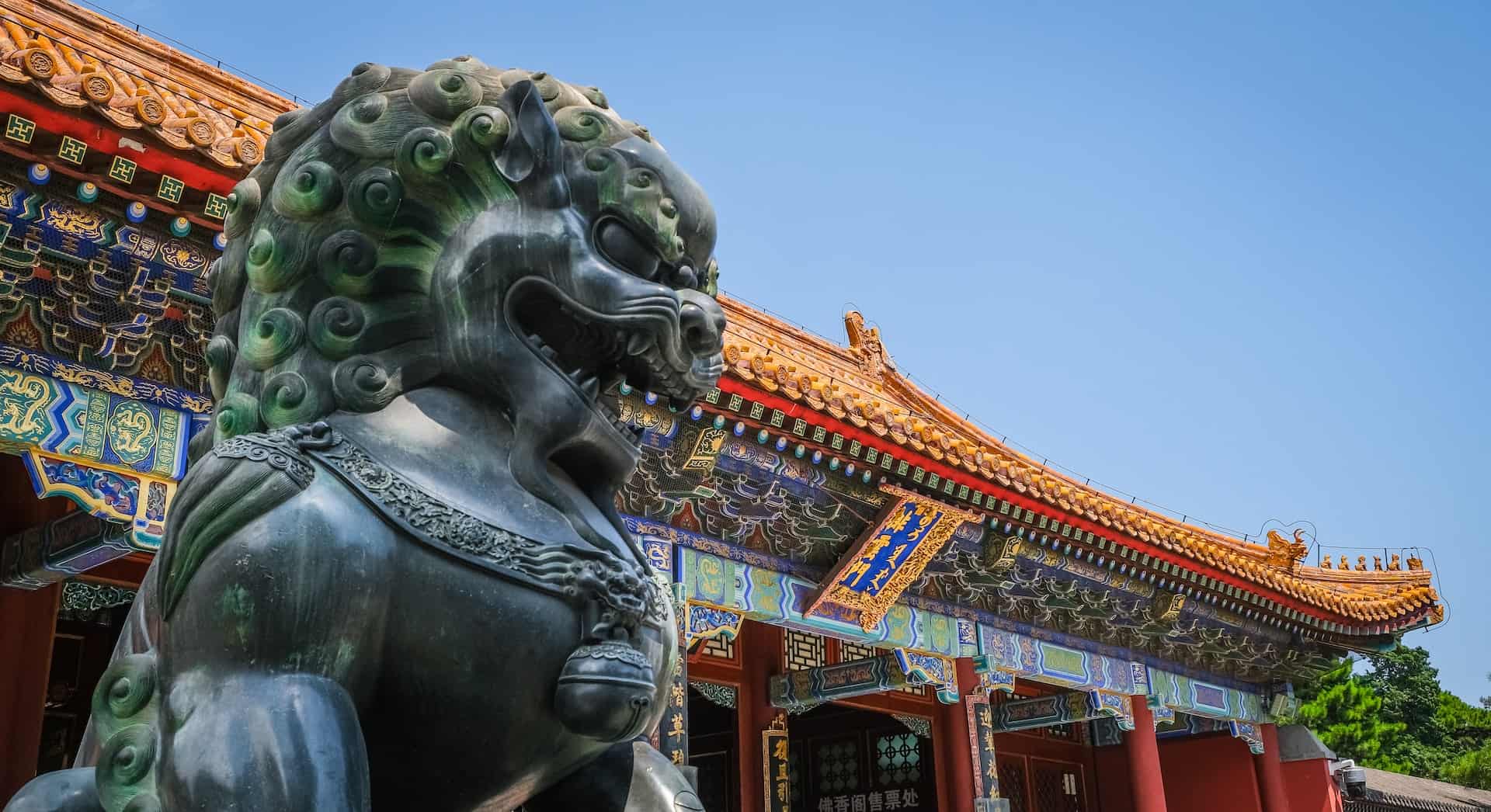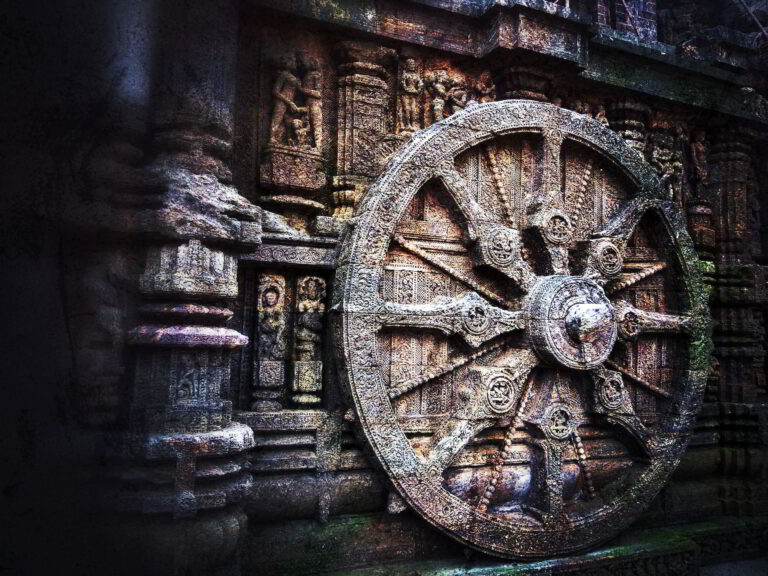China’s UFO Sightings: A Journey into the Unknown
Discover China’s intriguing history of UFO sightings. From the ancient flying chariots to modern-day encounters, explore the impact of these phenomena on Chinese culture and the nation’s scientific approach towards them.

Introduction: China’s Ancient Encounters with UFOs

China, one of the world’s oldest civilizations, boasts a long history of UFO sightings. From ancient legends of flying chariots to modern-day reports of unexplained aerial phenomena, China’s relationship with UFOs is as old as its history. This article aims to delve into some of the most notable UFO events in China, and how these phenomena have influenced Chinese culture and scientific thought.
Ancient Astronaut Theories: Flying Chariots and Celestial Dragons
Ancient Chinese literature and art abound with references to flying objects and celestial beings. Some of these accounts describe ‘flying chariots’, ‘celestial dragons’, and other mysterious phenomena that bear striking resemblances to modern descriptions of UFOs.
One such account can be found in the ancient text “The Bamboo Annals”, which describes a ‘pearl’ that rose into the sky with a tremendous noise during the reign of King Mu of Zhou. This event, dated back to around 1000 BC, is considered by some as one of the earliest recorded UFO sightings.

The interpretations of these ancient accounts vary widely, with some suggesting that they were merely metaphors or mythological elements. However, others argue that these could be evidence of ancient astronaut encounters, contributing to the long-standing debate about the existence of extraterrestrial life.
There’s a considerable amount of interest in ancient astronaut theories in China’s academic and enthusiast circles. These discussions often involve interdisciplinary cooperation, drawing on fields such as archaeology, linguistics, and mythology to understand the context and implications of these ancient accounts. This multidisciplinary approach contributes to a richer and more nuanced understanding of ancient Chinese texts and artifacts.

The ancient accounts also inspire discussions on historical consciousness and cultural memory in China. These narratives of ‘flying chariots’ and ‘celestial dragons’ form an integral part of the country’s historical narrative, shaping the collective memory and cultural identity. These discussions underscore the cultural and historical significance of ancient astronaut theories in China.
Additionally, the ancient astronaut theories foster a sense of wonder and curiosity about the cosmos among the Chinese public. The idea that ancient civilizations might have interacted with extraterrestrial beings encourages speculation about humanity’s place in the universe, contributing to a broader interest in astronomy and space exploration.
Modern-Day UFO Sightings: From Rural Areas to Metropolises
In recent years, there has been a surge in UFO sightings across China, from rural provinces to bustling metropolises. These sightings often involve objects displaying unconventional flight patterns and speeds, defying conventional explanations.
One of the most notable incidents occurred in July 2010, when an unidentified flying object was spotted at Xiaoshan Airport in Hangzhou, leading to a temporary shutdown of the airport. The object, described as a glowing, comet-like body, was seen by numerous witnesses and caught on camera. Despite investigations, the identity of the object remains unknown, adding to the growing list of unexplained aerial phenomena in China.

These sightings have sparked widespread interest and debate within China, prompting investigations by both government agencies and independent researchers. The increasing number of sightings has also led to a growing public acceptance of UFO phenomena, with many Chinese citizens expressing curiosity and open-mindedness towards the subject.
The prevalence of UFO sightings across China has implications for aviation safety. The 2010 Xiaoshan Airport incident, for instance, highlighted the potential risks associated with unexplained aerial phenomena. In response to such incidents, Chinese aviation authorities have implemented protocols for dealing with UFO sightings, emphasizing the practical implications of these phenomena.
The sightings also stimulate technological innovation in China. The need to monitor and investigate these phenomena has led to advancements in surveillance and detection technologies. These technological improvements, while primarily intended for UFO research, also have broader applications in areas such as aerospace engineering and atmospheric science.

Furthermore, the increased UFO sightings in China contribute to a global database of such incidents. The data collected from these sightings are often shared with international UFO research organizations, facilitating a worldwide collaborative effort to understand and explain these phenomena.
UFOs in Chinese Pop Culture: The Extraterrestrial Influence

Just like in many other cultures, UFOs and extraterrestrial life
have found their way into Chinese pop culture. From movies and TV shows to comic books and music, the theme of UFOs has captured the imagination of the Chinese public.
One of the most popular examples is the science fiction novel “The Three-Body Problem” by Liu Cixin, which explores the concept of extraterrestrial life and its potential impact on human civilization. The novel, which has been translated into numerous languages and won the Hugo Award for Best Novel in 2015, reflects the growing interest in UFOs and extraterrestrial life in China.
The influence of UFO phenomena on Chinese pop culture extends beyond the realm of literature and entertainment. It also inspires educational initiatives aimed at promoting scientific literacy. For instance, themes of extraterrestrial life and space exploration are often incorporated into school curricula and public science exhibitions, using the intrigue of UFOs to foster an interest in science among students and the broader public.
The popularity of extraterrestrial themes in Chinese media also influences the country’s creative industries. Artists, designers, and creators often draw on elements of UFO lore in their work, contributing to a unique aesthetic that blends traditional Chinese motifs with science fiction elements.
Moreover, the portrayal of UFOs and extraterrestrial life in Chinese media often reflects societal attitudes towards these phenomena. The narratives constructed around these themes serve as a barometer for public sentiment, providing insights into how Chinese society perceives and interacts with the unknown.

China’s Scientific Approach to UFOs
China has shown a serious scientific interest in UFOs, with several research organizations dedicated to the study of these phenomena. The Beijing UFO Research Society, one of the largest and most active UFO research groups in China, has conducted numerous investigations into UFO sightings.
These investigations often involve detailed analyses of eyewitness testimonies, as well as the collection and examination of physical evidence. Despite the lack of definitive proof to support the extraterrestrial hypothesis, Chinese researchers continue to approach the subject with an open mind, demonstrating the country’s commitment to understanding these unexplained phenomena.
China’s scientific approach to UFOs is reflective of its broader commitment to scientific inquiry and technological advancement. The resources dedicated to researching these phenomena, such as the work done by the Beijing UFO Research Society, signify the country’s determination to stay at the forefront of scientific exploration and discovery.

China’s investigations into UFO sightings also contribute to the development of methodologies for studying unexplained phenomena. These methodologies, which involve the systematic collection and analysis of data, could serve as a blueprint for other research initiatives.
Furthermore, the scientific interest in UFOs in China fosters a culture of curiosity and open-mindedness. This cultural attitude encourages a willingness to question, explore, and seek answers, shaping the country’s approach to scientific education and research.
FAQs
- Are there ancient accounts of UFO sightings in China? Yes, ancient Chinese literature and art often describe phenomena that bear striking resemblances to modern descriptions of UFOs. These accounts include descriptions of ‘flying chariots’ and ‘celestial dragons’.
- Have there been modern-day UFO sightings in China? Yes, there has been a surge in UFO sightings across China in recent years. These sightings range from rural provinces to bustling metropolises and often involve objects displaying unconventional flight patterns and speeds.
- How has China approached the study of UFO phenomena? China has shown a serious scientific interest in UFOs, with several research organizations conducting detailed investigations into UFO sightings. These organizations, such as the Beijing UFO Research Society, approach the subject with an open mind.
Keywords: China, UFO sightings, ancient astronaut theories, modern-day UFO sightings, Chinese pop culture, Beijing UFO Research Society, UFO research.
Reader’s Takeaway

From ancient legends to modern sightings, UFO phenomena have had a profound impact on Chinese culture and scientific thought. The increasing interest and open-mindedness towards these phenomena reflect China’s commitment to exploring the unknown. As the world continues to grapple with the enigma of UFOs, China’s approach of combining historical context with modern scientific research provides a unique perspective on this universal mystery.
Up Next: UFO Sightings in India: A Voyage into the Cosmic Unknown
Stay tuned as we traverse the cosmic unknown with our next stop, India. From the ancient Vimanas described in Vedic texts to modern-day encounters, join us as we delve into India’s intriguing history with UFOs.
Don’t forget to subscribe to our exclusive email group to stay updated on the latest in the world of UFO research.
Quote: “The universe is a pretty big place. If it’s just us, seems like an awful waste of space.” – Carl Sagan.





